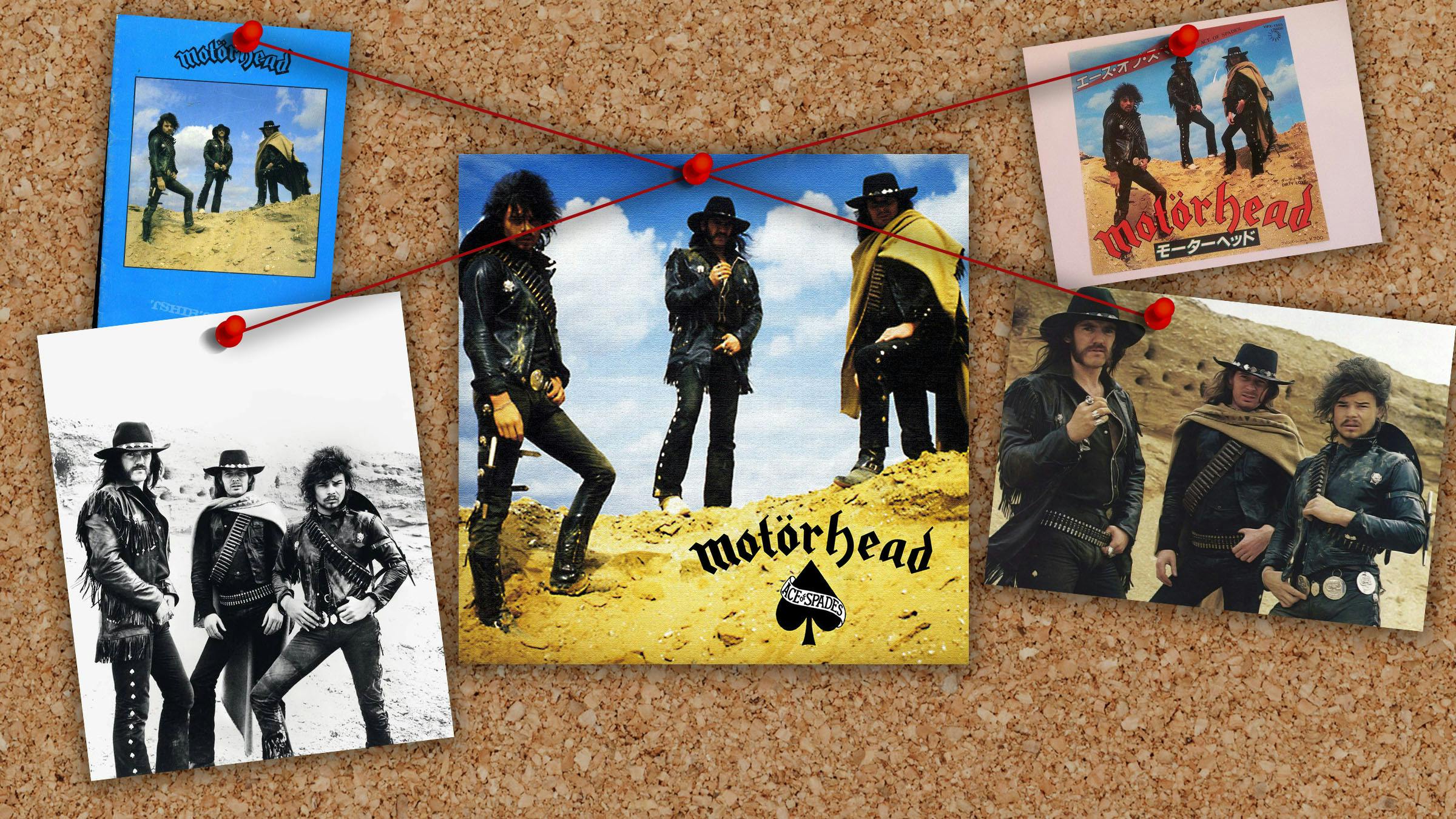James Gang – Newborn (1975)
The cover art for James Gang’s Newborn record is simply the licensed image of quirky Spanish surrealist painter Salvador Dali’s 1943 painting, Geopoliticus Child Watching the Birth of the New Man.
Monte unearthed the story behind the licensing of the painting, which included a chance meeting with Dali himself--who was tripping people with his cane in a New York City hotel lobby.
“After losing both Joe Walsh and Tommy Bolin, the James Gang were almost wiped out,” writes Monte. "But they weren’t going down without a fight, and lived to ride again… for just a bit longer.
"While being interviewed in 2013 for the liner notes of a reissue of Newborn on Lemon Recordings (a division of Cherry Red Records), drummer Jimmy Fox told this highly amusing story of how Salvador Dali’s work, Geopoliticus Child Watching The Birth Of The New Man (1943), came to adorn the cover of the album: 'The original Dali Museum was located in a Cleveland suburb called Beachwood, OH, before moving to its current location in Florida. They were having a major exhibition and we went as a group to look around. We were enamored with the painting and we went about seeing if we could obtain the rights to use it. I think part of the attraction was the fact that the painting showed a 'new birth' and at that point, we were feeling a bit like the band was reborn as well. So the decision to use it was less overtly political but more personal. The museum told us that permission to use the art would have to come from Dali himself. Our management set about arranging a meeting, and was successful in setting up an appointment with Dali at his hotel in New York. I flew up to NYC on the appointed day and checked into the hotel. I called his room and was told by his wife that he was keeping his appointments in the King Cole Lounge in the hotel lobby. That’s when it got surreal. I went down to the lobby and saw Dali sitting in a chair, tripping people with his cane as they walked by (honest!).
'Before I could approach him, he got up and went in to the bar. There was a table prepared for him, and there was a line of people awaiting their time with him. When my turn came, I was ushered to his table, where he greeted me warmly (in Spanish). I sat down and explained to him what I wanted. We had a rock band named The James Gang… "Yes," he said. We made recordings… "Yes," he said. We were just finishing a new album… "Yes," he said. We had visited his museum in Cleveland and fell in love with one of his paintings… "Yes," he said. We were wondering if it would be possible to license it for use on our album cover… "NO," he said. And it was over. I flew home the following day. I explained to our manager what had happened, and he had a long conversation with Dali’s manager, who patiently told him that the reason we were denied permission to use the painting is ‘because we did not bring cash’! At that point, I left it to the managers to work out, and it was eventually done. But I certainly treasure the opportunity I had to meet this interesting and unusual man.’”
